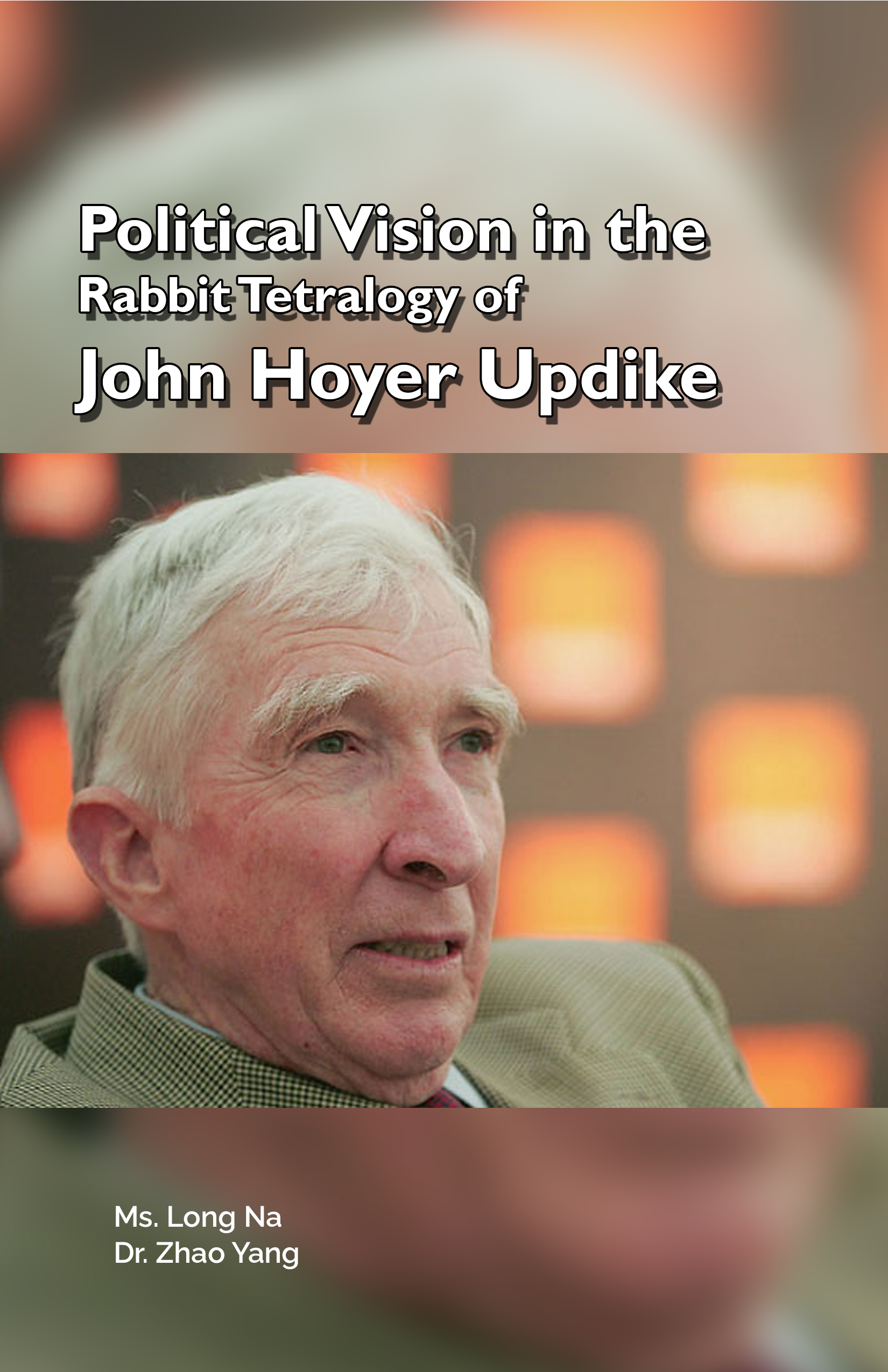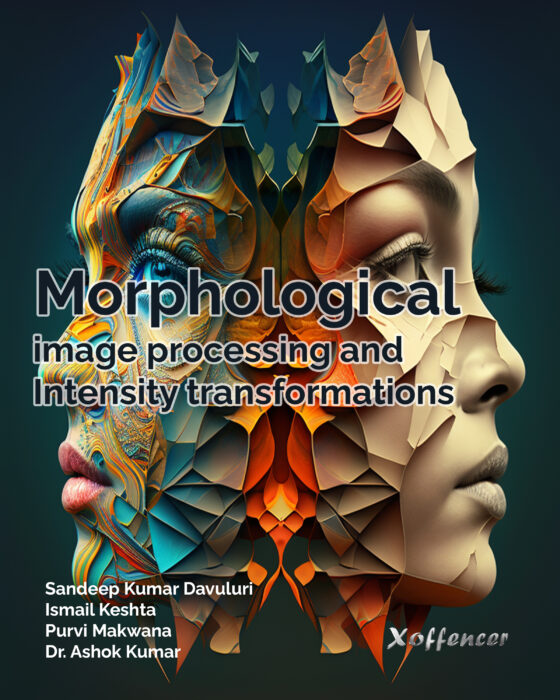Description
John Updike’s vision of life and American society is apocalyptic as he wrote novels to depict the present dilemmas of the Americans and the future challenges of the country and the global world. He was also confronted with the riddle of life and existence like Dostoevsky and with a view to find the answers to the mysteries of life and truth he turned to Kierkegaard and Karl Barth who had evolved the “dialectical method” to explore reality and truth. Barth’s dialectical method was derived from Kierkegaard who believed that truth is not found in the operation of Hegel’s method of thesis and anti-thesis but rather in the dialectical tension between truth and truth.
Kierkegaard wrote: “Every truth is truth only to a certain degree; when it goes beyond, the counter point appears, and it becomes untruth” (Kierkegaard, Word of God and Word of Man 206). John Updike stated that the purpose of his writing novels and stories is to “examine everything for God’s fingerprints.” In the 1960’s when he started writing his name was associated with other writers such as John Barth, Robert Coover and Thomas Pynchon busy in experimenting new themes and strategies.
Updike ignored the main stream of contemporary fiction and distanced himself from the contemporary writers. His mission was to write a new kind of fiction; to create a new kind of world; to depict the new future of mankind the way Karl Marx had done. Updike’s 1500 pages Rabbit tetralogy is a coherent and unified work presenting Harry Angstorm portrayed after Bakhtin, “a heteroglossic man representing the main currents of American post-war culture.
Updike employed the post-modern techniques and literary devices borrowing from Karl Barth, Kierkegaard, Bakhtin and Jean-Francois Lyotard. The historical development of an apocalypse within history is quite interesting. Edward J. Ahearn in his book Visionary Fictions (1996) called the French Revolution as the first apocalyptic event that led to the political and cultural transformation of entire world.
Matthew Arnold in Poetical Works of Matthew (1905) expressed his apocalyptic vision when he referred to “wandering between two worlds, one dead, the other powerless to be born” (321). Karl Marx published his Communist Manifesto: Selected Writings (1977) which became his manifesto of Communism and he remarked that as a result of capitalism, “all fixed, fast-frozen relations, with their train of ancient and venerable prejudices and opinions, are swept away, all new formed ones become antiquated they can ossify.
All that is solid melts into air, all that is holy is profaned” (224). Frank Kermode in The Sense of an Ending (1968) observed that time has reached a critical juncture; there is a unique importance to the present moment as the world is fast changing and the future of humanity is uncertain. Yeats observed that the twentieth century marked the final days of his apocalyptic gyre, which then would turn renewed, to begin again.
T.S. Eliot also forewarned of the cultural catastrophe after the World War 11. D.H Lawrence, Hemingway, William Faulkner, Henry Miller and other writers of the twenties and thirties used images of death and destruction of the civilization and expressed their apocalyptic vision in their own way but John Updike expressed his concern for the future of America and for the entire mankind in his novels.
Updike continued making experiments in fiction; he sought inspiration from Frank Kermode’s The Sense of Ending which initiated the thoughts of twentieth century apocalyptic literature. Kermode argued that the age is very critical and is set for something utterly different. Kurt Vonnegut in his novel Cat’s Cradle warns of the absurd nature of nuclear annihilation.
In Don Delilo’s Underworld Lenny Bruce cries out “We’re all gonna to die!” Foucault’s closing words in The Order of Things are also quite alarming. He imagines the notion of man” erased like a face drawn in sand at the edge of the sea” (387). Lyotard and Baudrillard and Jameson locate the apocalyptic transformation of thought and life in developments of technology and global capitalism.
Updike evolved his apocalyptic vision of America in particular and the world in general seeking inspiration from James Joyce, Franz Kafka, Karl Barth and Kierkegaard. Updike spent thirty years to complete his Rabbit novels serving as a fictionalized time line of the post-war American experience. Updike doesn’t merely describe the present but he looks at the future destiny of Americans when the nuclear holocaust is threatening and the dark clouds of nuclear missiles are at the gates of America.
The Vietnam War, the Korean War and the emergence of terrorism; the attack on The Trade Centre are all the events seriously handled by John Updike. The most important fact of his art is that he has chosen to deal with a world familiar to the majority of people. The heroes of John Updike are baffled and confused struggling to know the mystery of truth and living in the void like the protagonists of Kafka and Dostoevsky. He is caught between the present and the past.
John Updike is a visionary writer of America whose novels reflect a systematic growth both in themes and techniques and particularly his preoccupation with global issues and the future of mankind. This study entitled: “Apocalyptic Vision in the Select Novels of John Hoyer Updike: A Postmodern Study” is focused on the elucidation of the apocalyptic vision of John Updike from American imperialism to terrorism; in matters of love, sex and religion that obsessed the middle class Americans since World War 11.
This study broadens the general conceptualization critics and scholars hold regarding Updike’s work by exploring the themes and literary devices he used to portray the broader world. James Wood writing a much longer essay in The New Republic discussed in detail the cosmic vision of Updike and his views on American Post-modernity” (25).
John Hoyer Updike is a prominent American novelist, short story writer, poet, art critic and literary critic who won scores of prizes including the Booker Prize and Pulitzer Prize for his innovative ideas and apocalyptic vision. He got Pulitzer Prize twice for his understanding of portrayal of the American consciousness in his novels. He won Faulkner Prize for his stylistic techniques and lyrical prose.
Updike published more than twenty novels, and he got favorable reviews as he wrote regularly for The New York Book Review of Books. His career is pivotal as he is a unique writer personifying the post-World War era. Updike’s career is pivotal. He is one of a handful of writers who witnessed all the events of absurdity; nihilism; explored existentialism and investigated the causes of depression and despair in the middle class Americans.
His most famous work is his “Rabbit” series including the novels Rabbit Run; Rabbit Redex; Rabbit is Rich and Rabbit at Rest and the novella Rabbit Remembered. Harold bloom observes that Updike may have been inspired by Sinclair Lewis who wrote his famous novel Babbitt and depicted vacuity of the middle class Americans.
The name Rabbit evokes the themes of Lewis as the main focus of Updike is to expose and ridicule the absurdities of the middle class Americans. In all his novels his prime focus had been to explore the oddities; challenges; the uncertainties and dilemmas of the American middle classes expressing his apocalyptic vision of the world. Both Rabbit is Rich (1982) and Rabbit at Rest (1990) were recognized with the Pulitzer Prize.
Describing his subject as “the American small town populated by Protestant middle class Updike was recognized for his careful craftsmanship, his unique prose style. In this thesis serious efforts are made to examine and investigate the apocalyptic vision of John Updike who gives his own fresh approach to the problems and malaise of the postmodern American society.











Reviews
There are no reviews yet.